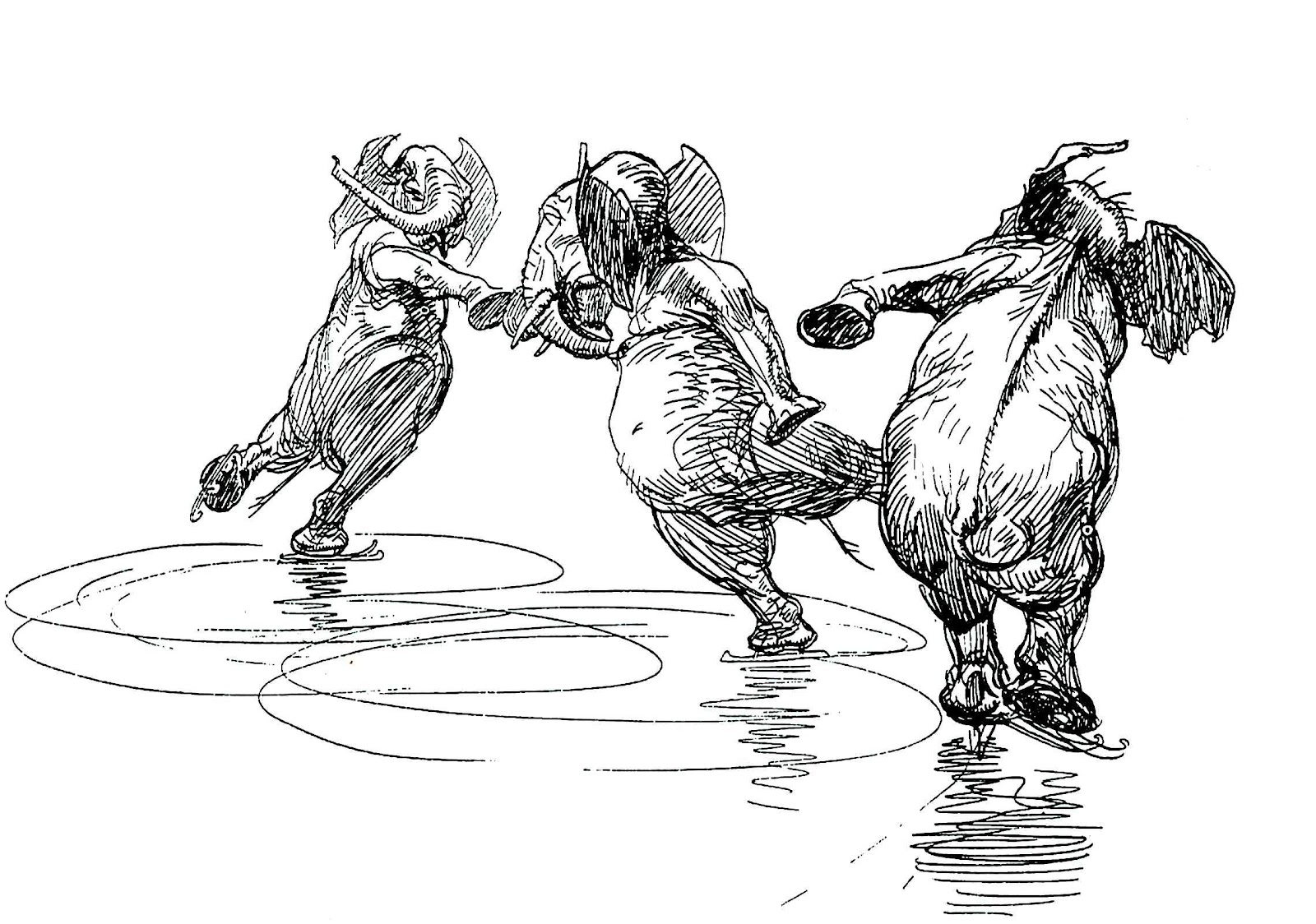Life depends on chemical signals. Without them our heart wouldn't know how to beat or our thoughts how to form, our eyes would be unable to see, our legs unable to walk and our mouths would be incapable of speech. Each of these actions - whether we are consciously aware of them or not - depend on chemical signals that shoot through our body at lightning speed, sending information to our brain which reads it and reacts to it by firing back signals that involve an action of some sort. Sometimes, however, the signalling process is hindered giving rise to bizarre neuropsychiatric disorders. One such disorder is known as Tourette Syndrome, or TS. TS is characterised by various tics, one of which is the very intriguing and involuntary outburst of obscene words or remarks that are socially inappropriate and offensive - a tic known as coprolalia. In the past 30 years, it has become apparent that TS is caused by genetic and environmental factors, although scientists were having troubling pinning down the genetic culprit. Until recently when a protein known as SLIT and NTRK-like protein 1 - or Slitrk1 - proved to have a direct role in this odd disorder.
Chemical signalling occurs within our nerve cells, or neurons. Little packets of chemistry bolt up and down neurons by way of channels that open and shut, and then leap from one neuron to another across junctions known as synapses. Synapses form between two neurons, typically at their extremities, and have a major role in passing on information. These particular junctions are the result of two specific nerve cell regions - dendrites on the one hand and axons on the other - which move towards one another, make contact and form a complex architecture. This process of 'synaptic maturation' is known as synaptogenesis, and is brought about by many different adhesion molecules located in the neurons' membranes. Once a synapse has formed, it is ready to pass on information. And if there is a missing part, a chemical signal may come to an abrupt stop or at least feel momentarily confused. It is thought that Tourette Syndrome finds its origin somewhere here.
TS affects as many as 1 in 100 individuals, and can be mild or not so mild. Besides coprolalia, other obsessive compulsive behaviours also frequently develop, such as trichotillomania that causes a person to pull their hair out and create bald patches on their head. The disorder usually diminishes with time, and neither a person's intelligence nor life expectancy is reduced. The first description of TS appears in a book on witchcraft: Malleus Maleficarum, the most illustrious treatise on the subject, and published in the 15th century. The first medical cases of TS were observed four centuries later, and the disorder was eventually named after the French neurologist Georges Albert Édouard Brutus Gilles de la Tourette who described 9 patients with "convulsive tic disorder". The understanding that TS probably had both an environmental and a biological component emerged in the 1990s as advances in the fields of genetics, neuroimaging, neurophysiology and neuropathology continued. Many individuals of note suffer or have suffered from TS, and Charles Dickens is thought to have bestowed the disorder upon Mr Pancks, one of his fictional characters in his novel Little Dorritt.

Though scientists imagined that TS had a genetic component, it was some time before they managed to find a gene responsible: SLITRK1. The protein Slitrk1 is highly expressed in many regions of the brain - especially in the neuro-anatomical circuits which are known to be involved in TS, OCD (obsessive compulsive disorder) and habit formation. But what does it actually do? Slitrk1 is a neuron-specific transmembrane protein located on the postsynaptic membrane - i.e. the part of the neuron that is on the receiving end of information. There are two leucine-rich repeat (LRR) domains - LRR1 and LRR2 - in the protein's extracellular domain. Both domains are very similar in structure but do not seem to behave in the same way. The binding interfaces of Slitrk1 LRR1 are highly conserved, whereas those in LRR2 are more variable. LRR1 has been observed to interact specifically with synaptic adhesion molecules, while LRR2's function still remains a mystery.
Slitrk1 has been described as playing a part in dendritic growth and patterning in the cerebral cortex. More recently, the protein was shown to be involved in early synaptogenesis. It does this by binding to other adhesion molecules in the synapse thus promoting the assembly of adhesion molecule complexes that grow laterally across the junction. Slitrk1 is also thought to be at the heart of presynaptic differentiation in excitatory and inhibitory synapses, i.e. synapses that promote increased or reduced signals, respectively. All in all, Slitrk1 seems crucial for synaptogenic activity - it does not act on its own, however, but interacts with other adhesion molecules which, together, orchestrate synaptogenesis by triggering off downstream signals for synaptic maturation.
The identification of genetic factors involved in neuropsychiatric disorders such as TS will not only help unravel the molecular pathways that lead to them but also to find treatments which could counter them, or at least alleviate them. Scientists need to acquire a greater understanding of Slitkr1 and its role in TS - both on the cellular and the molecular level. This said, TS is a complex disorder: Slitkr1 is only one of a set of genes which predisposes a person to it, and environmental factors also have their say. So far, no one has managed to produce a high-resolution structure of the complexes Slitrk1 is part of, or for that matter the overall architecture of a synapse. Tourette Syndrome continues to be a mysterious and curious disorder. Understanding how it occurs on the molecular level may eventually help scientists sketch the contours of human verbal and motor offensiveness.

